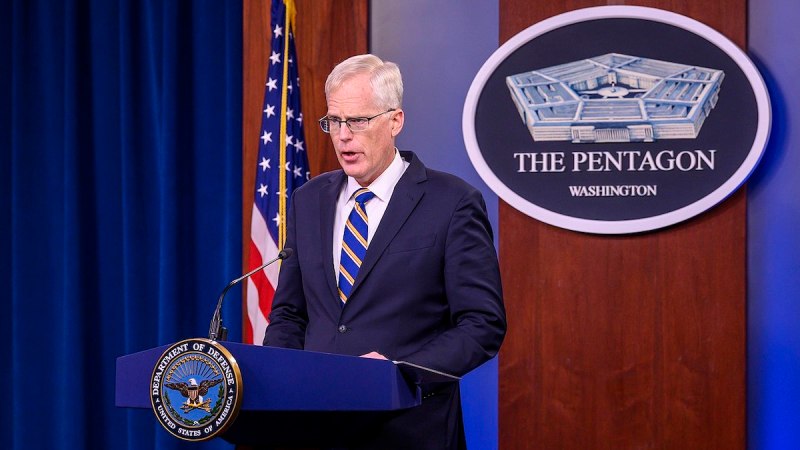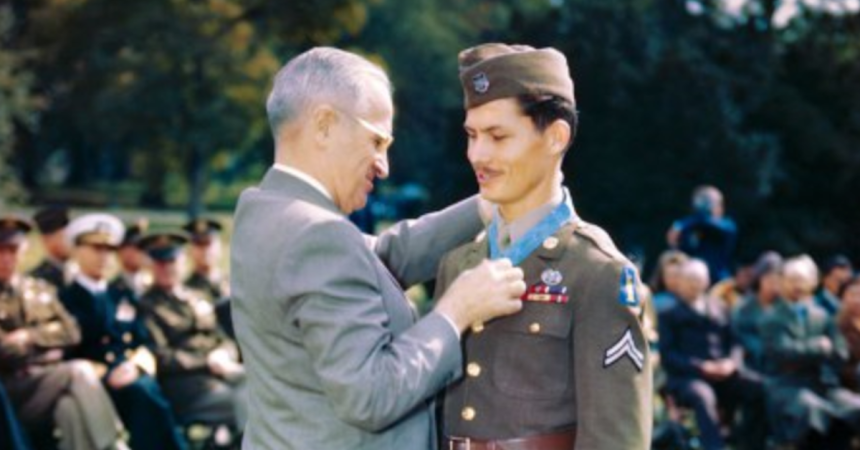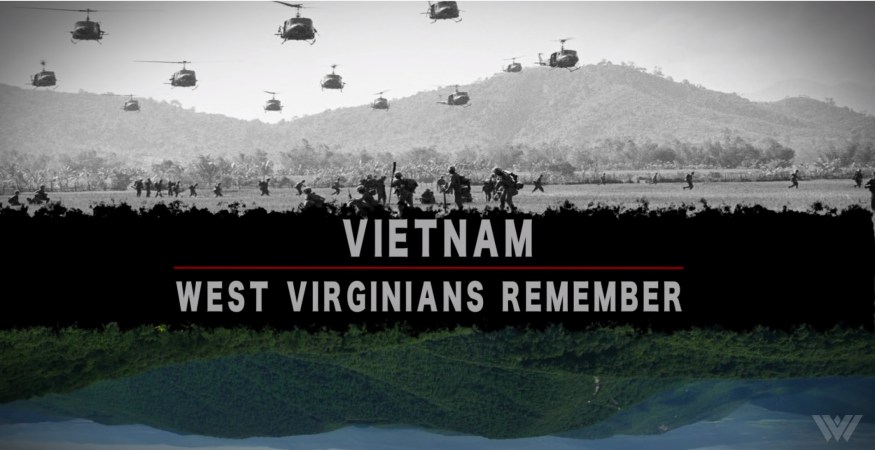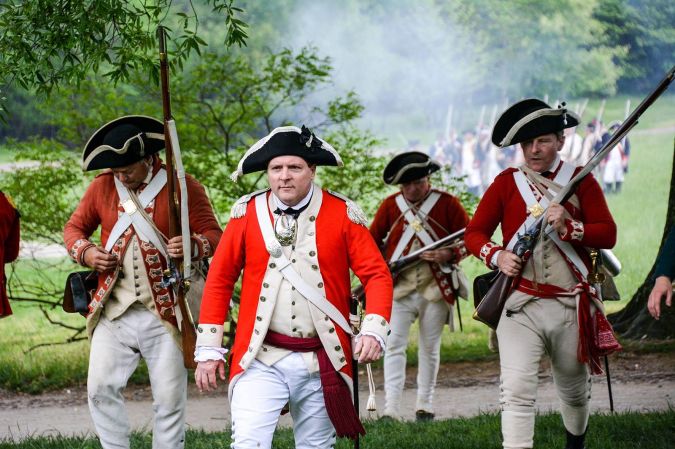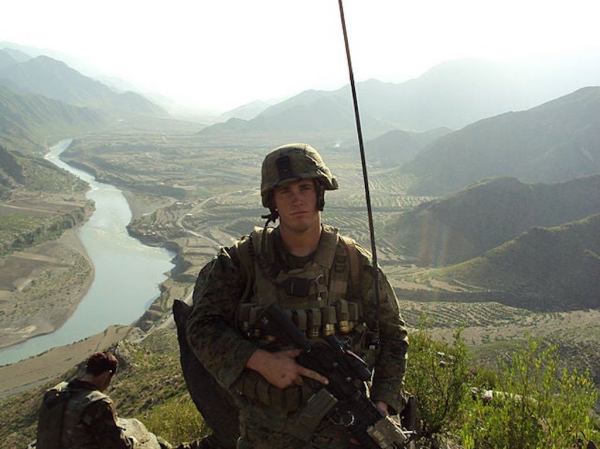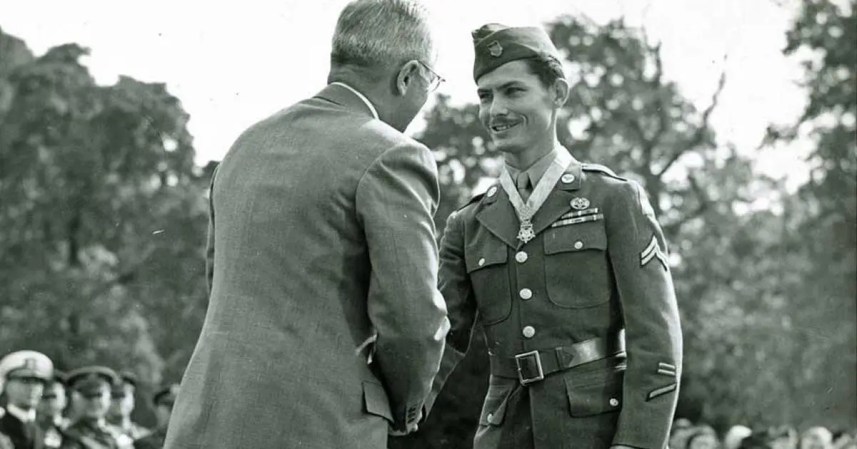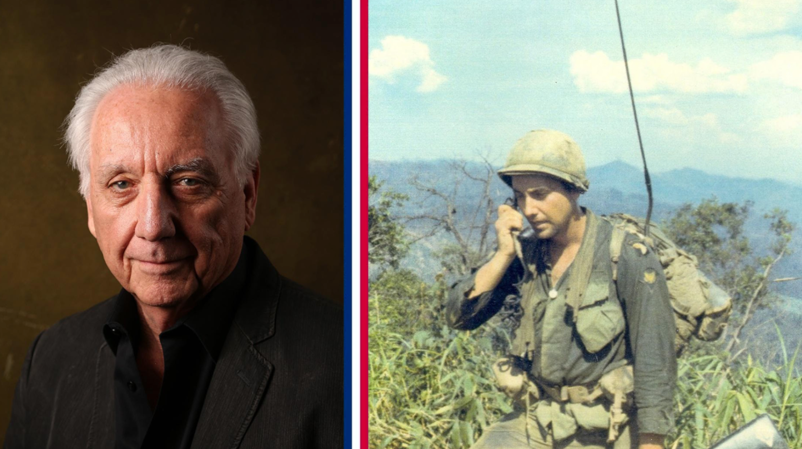The controversy surrounding Army Sergeant Bowe Bergdahl continues to mount as rumors of a possible desertion charge against him spread — rumors as cloudy as the stories that surround his 2009 disappearance and capture.
Despite the fact that the Pentagon concluded in a 2010 investigation that he had simply walked away from his unit while serving at Combat Outpost Mest-Lalak in Paktika Province, Afghanistan, the truth behind the circumstances of his capture remains murky.
Some of his fellow soldiers call him a deserter, saying he planned to walk away the whole time. They also blame him for the deaths of soldiers killed while looking for him in the days following his disappearance.
Bergdahl was freed by the Taliban in May 2014 in exchange for five Guantanamo Bay detainees, a swap that only added to the controversy in that the Obama administration seemed to be negotiating with terrorists and also seemed to be attempting to make a feel-good story out of something that had dubious elements.
A smattering of detail emerged – some of it courtesy of his parents who ended their silence at a high-profile Rose Garden ceremony heralding his release – including a notion that as Bowe Bergdahl’s enlistment went along, he increasingly viewed himself as a conscientious objector.
But there’s a big difference between a conscientious objector and a deserter. In fact, military history shows that true conscientious observers would never desert.

Earning valid conscientious objector status in the U.S. military has always been a tough thing to accomplish. During the Civil War, the first American war to introduce forced conscription, objectors, like anyone else, could pay a $300 fine to hire a substitute.
During World War One, objectors were able to serve in noncombat roles. Those who refused were imprisoned in military facilities. The World War Two-era United States military was slightly more accommodating, allowing conscientious objectors to serve in the numerous, various New Deal work programs that were still necessary to the war effort.
Most of these programs were gone by the time of the Vietnam War, but COs could still find other ways to serve without violating their religious or social beliefs.
And some have demonstrated that being a conscientious objector doesn’t make you a slacker or a coward. In their stories one can see that true followers of their consciences would never use CO status as an excuse to shirk their duties.
Here are four examples of conscientious objectors who made their way to the front and served with valor:
1. Sergeant Alvin York

Alvin C. York (aka “Sergeant York”) had to fight to get conscientious objector status. His subsequent acceptance of the Army’s decision is an integral part of the mythos of the man.
After a life of drinking and fighting, a religious experience led York to renounce his lifestyle and turn to fundamentalist Christianity. The doctrine of his newfound faith included a rejection of secular politics and a devout pacifism. He even began to lead the prayers of his local church.
Three years later, the United States would enter World War One and Alvin York would register for the draft, as any dutiful American did. He applied for conscientious objector status, even appealing after his first request was denied.
By the time he arrived in France, York had come to believe God meant for him to fight and to win and that God would protect him as long as was necessary. One night, he and three other NCOs led thirteen privates to infiltrate the German lines and take out the machine guns. Somewhere along the way, one machine gun opened up on York and his compatriots, killing or wounding nine of the sixteen men. York didn’t even have time to take cover. He stood his ground and picked off the whole crew.
While he was taking out the German gun, another six Germans went over the top of their trench and charged at the lone American with fixed bayonets. York, having exhausted his rifle’s ammunition, pulled his sidearm and dropped all six before they could reach him. The German commander surrendered his entire unit to York. 132 men in total were led back to the American lines by York and his six surviving privates. He was awarded the Medal of Honor for this action.
York became one of the most decorated doughboys of the Great War and returned home a hero. A movie was made about his exploits, for which Gary Cooper would win an Oscar for the title role of “Sergeant York.”
York attempted to re-enlist in World War Two, but was too old for combat duty, instead becoming a Major in the Army Signal Corps.
2. Desmond Doss

If ever there was an example more different from Sergeant York’s, it’s the story of Desmond Doss. Drafted as a medic during World War II, Doss was a devout Seventh Day Adventist.
In today’s military, he might not ever have made it past basic training. He refused to train or work on Saturdays. He wouldn’t eat meat. He wouldn’t carry a weapon. Even in the face of taunts and threats from other members of his unit, he stood fast to his beliefs. His commanding officer tried to get him a section eight discharge, meaning he was unsuitable for military service, but Doss refused to accept this discharge because it amounted to being called “crazy” due to his beliefs.
But Doss wasn’t useless. He wanted to serve; he just wasn’t willing to kill to do it. He even worked overtime hours to make up for his Saturday Sabbath. Still, his fellow soldiers threatened to kill him as soon as they got into action. It was Doss’ dedication to saving lives that would earn him the love and respect of his unit. Doss would do anything to save his men, from going into the open field, braving snipers, or dodging machine gun fire. From Guam to Leyte to Okinawa, Doss repeatedly braved anything the Japanese could muster to pull the injured to the rear.
It was at Okinawa where Doss entered Army history. As his unit climbed a vertical cliffside the Japanese opened up with artillery, mortars, and machine guns, turning his unit back and killing or wounding 75 men. Doss retrieved them one by one, loading them onto a litter and down the cliff.
A few days later, in the mouth of a cave, he braved a shower of grenades thrown from eight yards away, dressing wounds, and making four trips to pull his soldiers out. The last time, a grenade critically injured him. He treated his own wounds and waited five hours for a litter to carry him off.
On the way back, the three men had to take cover from a tank attack. While waiting, Doss crawled off his litter, treated a more injured man, and told the litter bearers to take the other man. While waiting for them to come back, he was hit in the arm by a sniper and crawled 300 yards to an aid station. He was the first true conscientious objector to earn the Medal of Honor.
3. Thomas Bennett

Bennett was a student at West Virginia University in the Fall of 1967 as the war in Vietnam was heating up. He was committed to his country but was also deeply religious. His Southern Baptist beliefs kept him from killing even in the name of patriotism. Still, Bennett enlisted as a combat medic in 1968 to save the lives of his countrymen who would fight as he couldn’t.
He arrived in South Vietnam in 1969. A month later, Bennett’s bravery earned him a recommendation for a Silver Star. Two days after that, his platoon was dispatched to assist an ambushed patrol. They immediately came under fire from an entrenched enemy column with automatic weapons, mortars, and rockets.
As the point men fell wounded, he ran toward them and tended their wounds as he pulled each of them to relative safety. For the rest of the night and into the following day, he ran from position to position, aiding the wounded and pulling them back to safety. He ran just a bit too far trying to get to a man wounded ahead of the unit and was killed by an enemy sniper.
He received the Medal of Honor, the second conscientious objector to receive the U.S. military’s highest level of recognition.
4. Joseph LaPointe, Jr.

Joseph LaPointe, Jr. was an average guy from Ohio, a mailman who got married at twenty years old. He was also a devout Baptist. Drafted in 1968, he declared himself a conscientious objector, but still opted to serve in the Army, taking the role of field medic with the 101st Airborne.
He arrived in Vietnam in June of 1968. By the next year, he was in the area of Quang Tin, having earned a Bronze Star and a Silver Star. On June 2, he landed on a cavalry patrol as they came under heavy fire from a nearby bunker. Two men in the lead were wounded immediately.
As the patrol took cover, LaPointe ran forward to help. He shielded the men with his body as he performed first aid. He was injured twice before dragging the men to cover. He continued to protect the two men with his own body until a grenade killed all three.
He also received the Medal of Honor.









